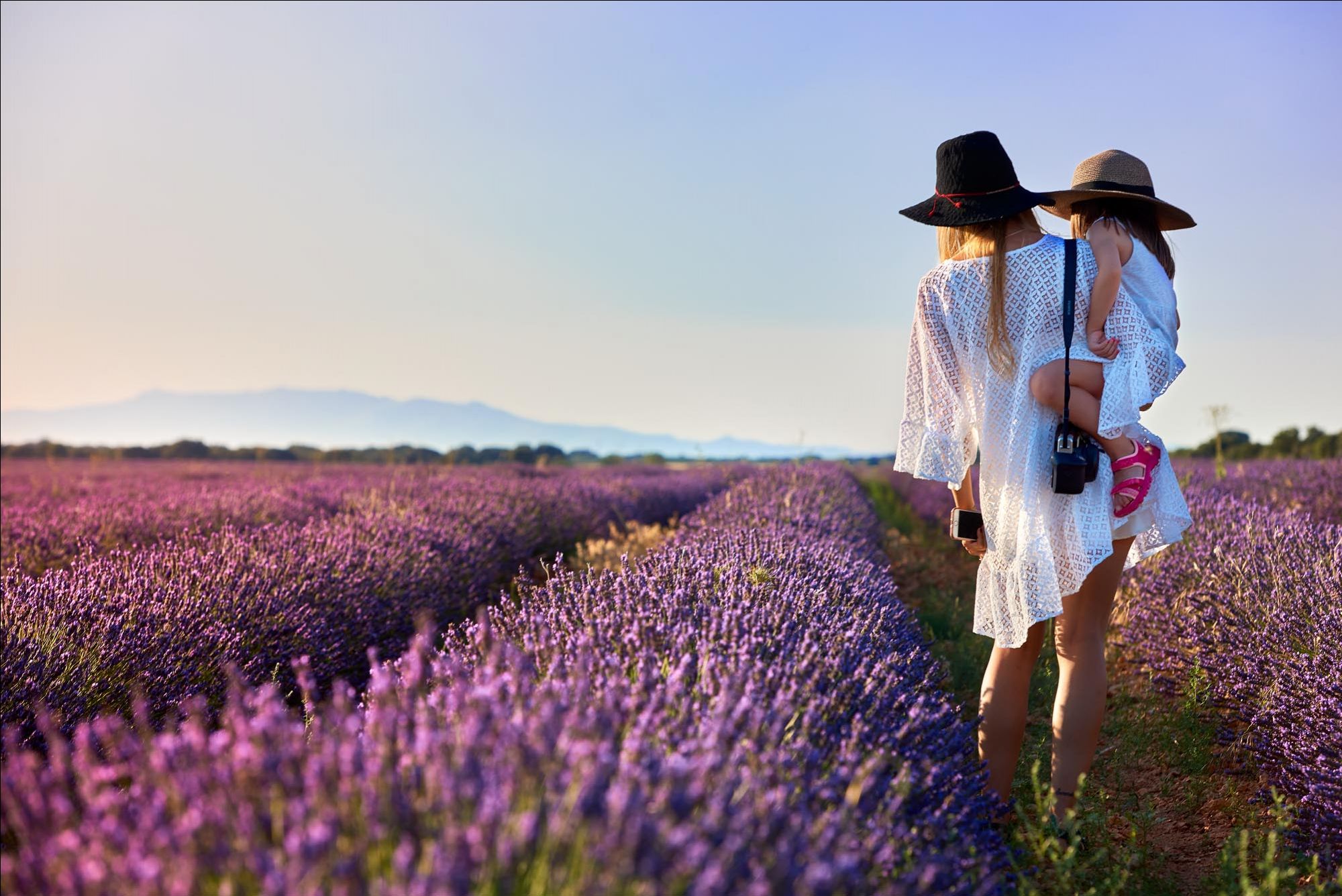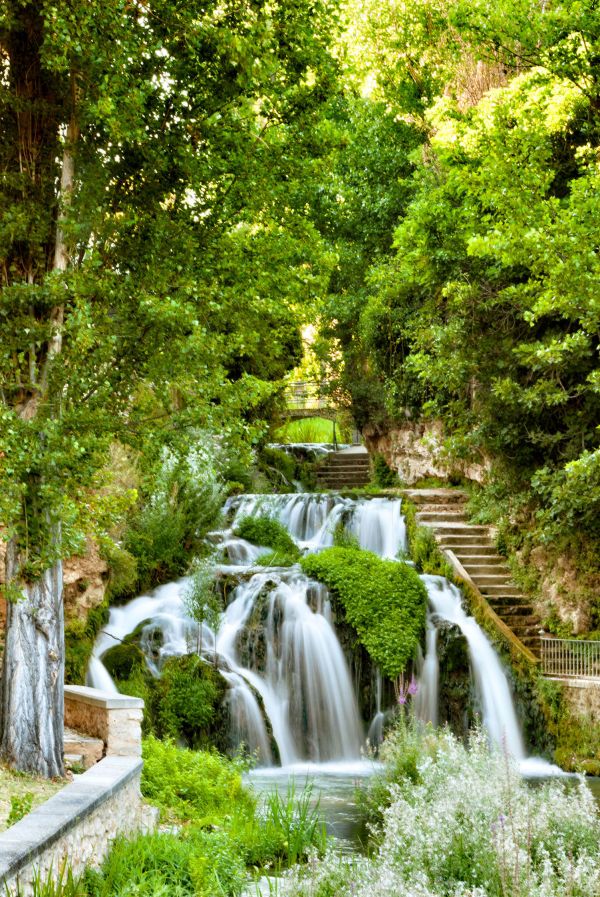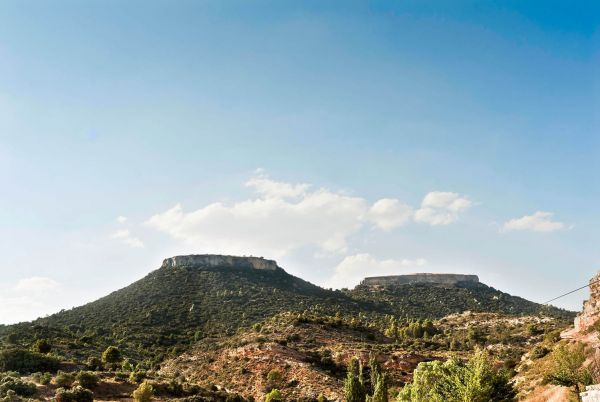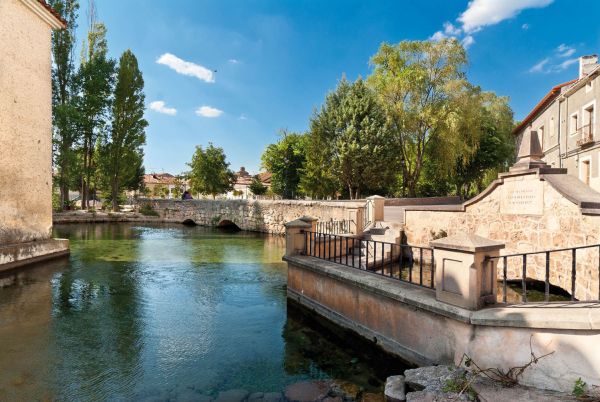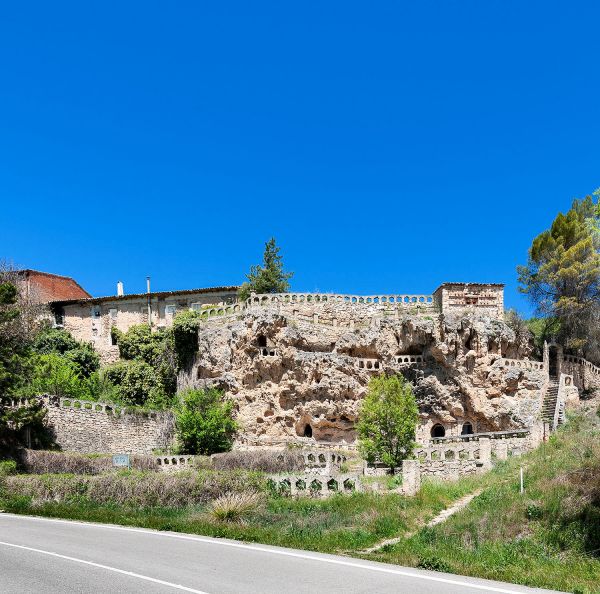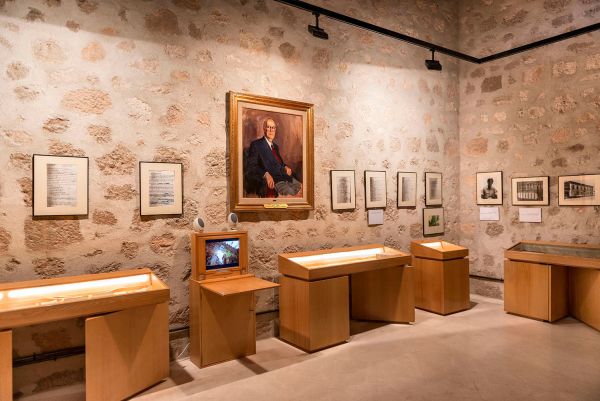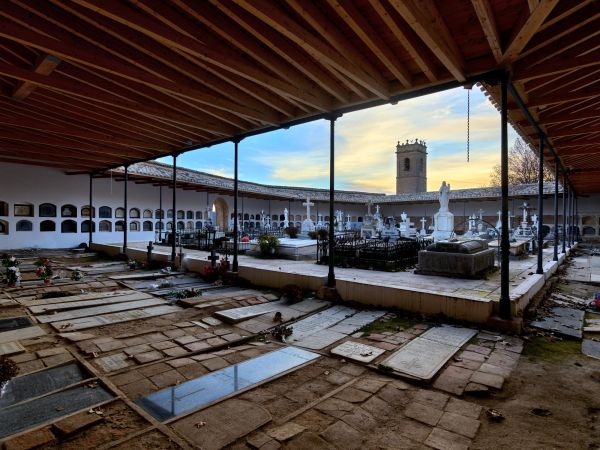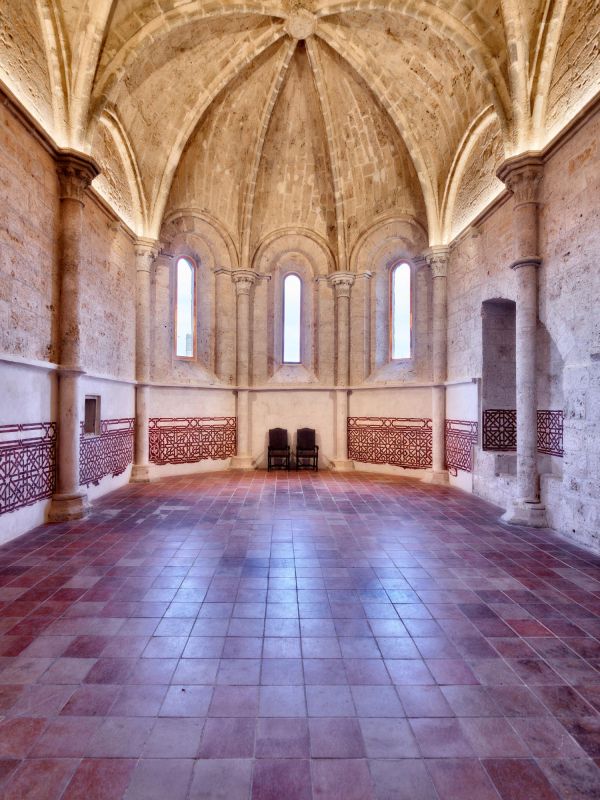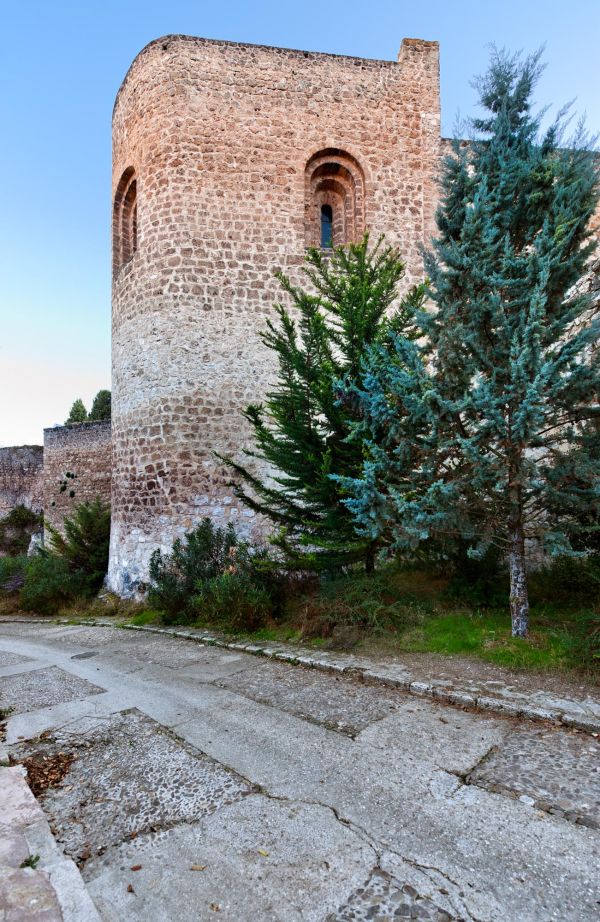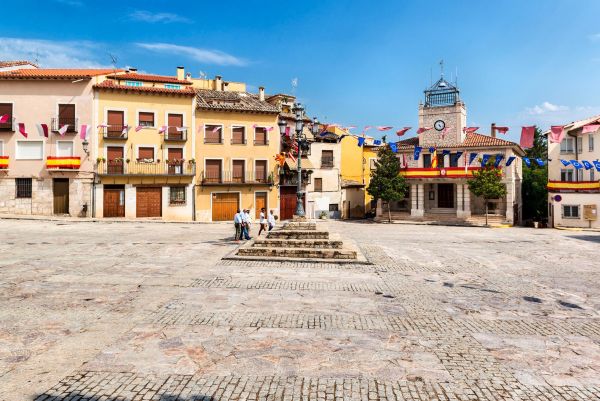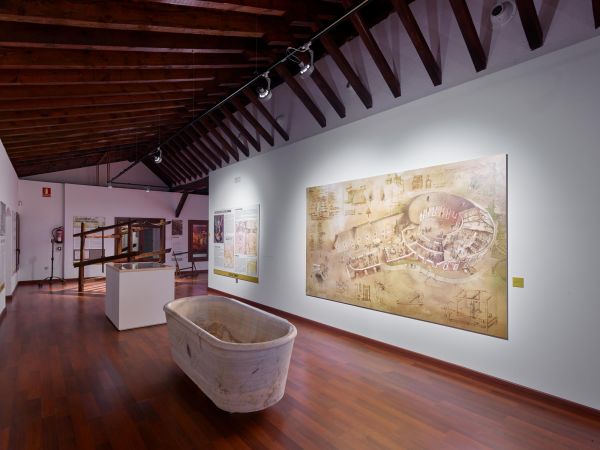Following in Cela’s footsteps in Alcarria (1)
Guadalajara
In 1948, Camilo José Cela, who won the Nobel Prize for Literature, published his book, Journey to the Alcarria, a benchmark in travel writing and a classic for visiting some of the most beautiful corners in the province of Guadalajara.
Cela spent ten days travelling on foot, by donkey, car and coach around almost 300 kilometres through the towns, valleys and countryside of the Alcarria region.
Here, we suggest splitting the trip into two comfortable stages allowing us to discover the highlands, countryside, narrow valleys, hills polished by erosion and the fertile river banks living side-by-side with the agricultural fields and rich historical and cultural heritage.
Guadalajara is the starting point.
After crossing Tarecena and Valdenoches, the arrival in Torija is noteworthy due to the imposing image of the medieval castle. The fort’s Keep opens its doors to the Journey to the Alcarria Museum which is home to personal objects used by the writer during his journey through the lands of Alcarria, unique copies of the work, photographs, maps and utensils used from the 1940s.
15 kilometres away, Brihuega rises up. This town has a really charming, well-conserved medieval quarter. Walls, doors, churches and mansions greet us. Don’t miss the Royal Cloth Factory and its splendid gardens, and the Arabic Caves, which offer a labyrinthine, magic journey.
The lush, green landscape accompanies us when passing through Cívica -a strange mix of large windows, doors and arches- and its Cueva de la Mora waterfall, Masegoso de Tajuña and Cifuentes, a beautiful place with a rich monumental heritage. The latter town is noteworthy due to its 14th century castle, its stately homes, churches, convents, doorways and chapels that store an intensely rich history.
We cross Gárgoles de Arriba y de Abajo to reach Trillo, where stunning waterfalls mark the spot where the Cifuentes and Tajo rivers meet. You must visit their bridges and the Casa de los Molinos (Home of the Windmills) -the building with the largest foundations in the town- to understand the hamlet’s symbiosis with the water that has shaped its landscape and history.
As Cela wrote: “It doesn't seem so, but, in the countryside, sitting beside a path, one sees more clearly than in the city that, in the world, God orders things with great sense.”
May also be of interest to you
Castilla-La Mancha Tourism in 2023. All rights reserved.

 365
365
